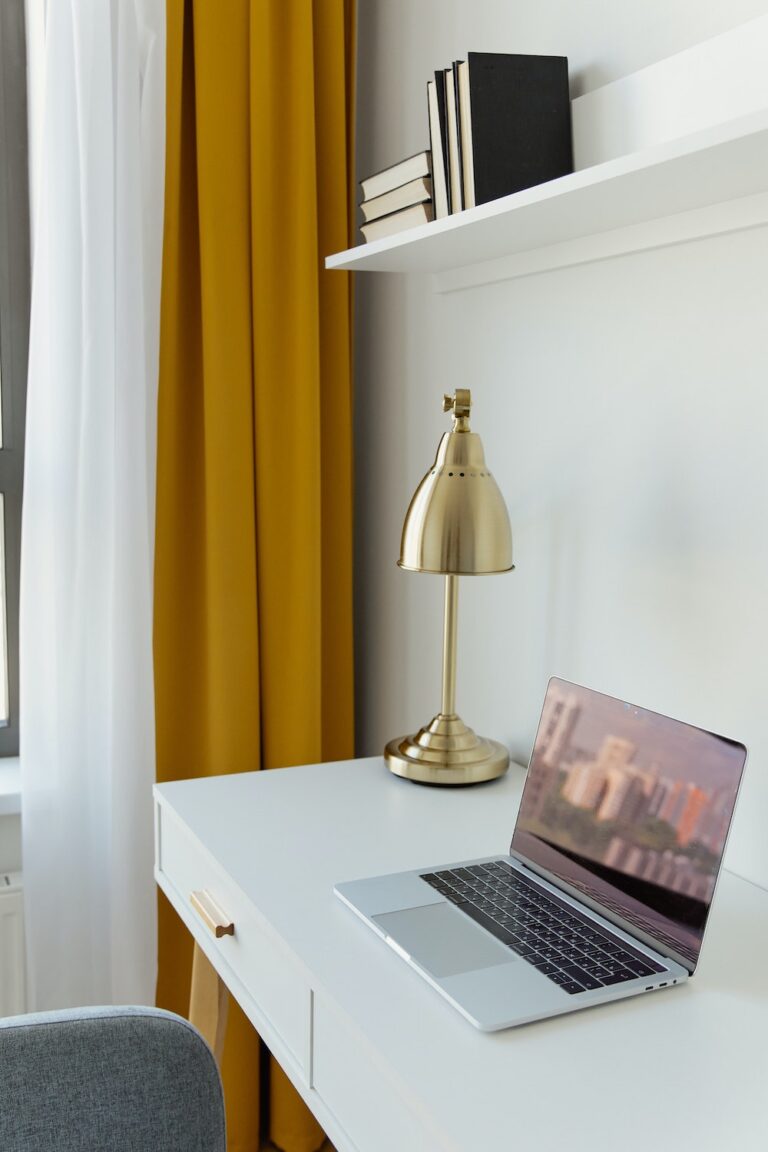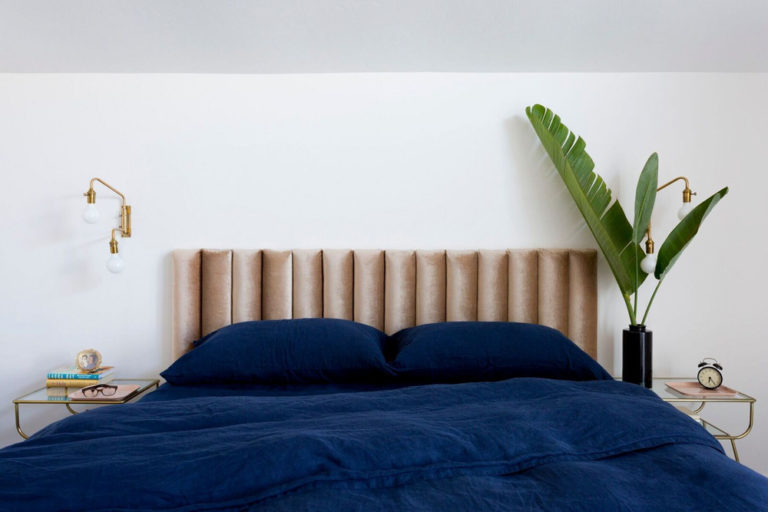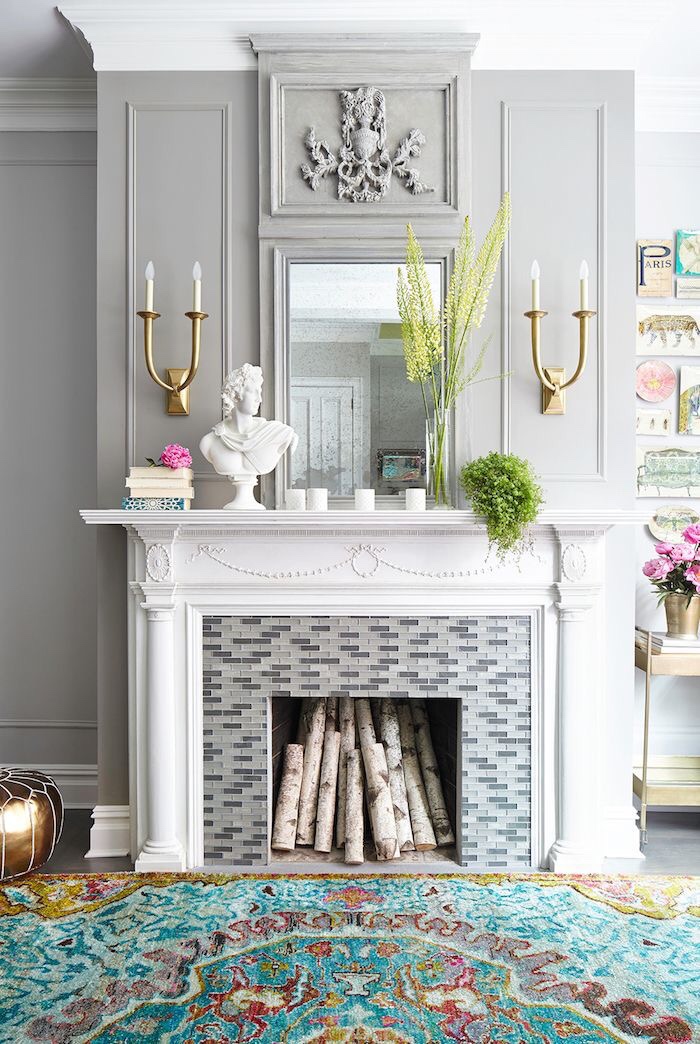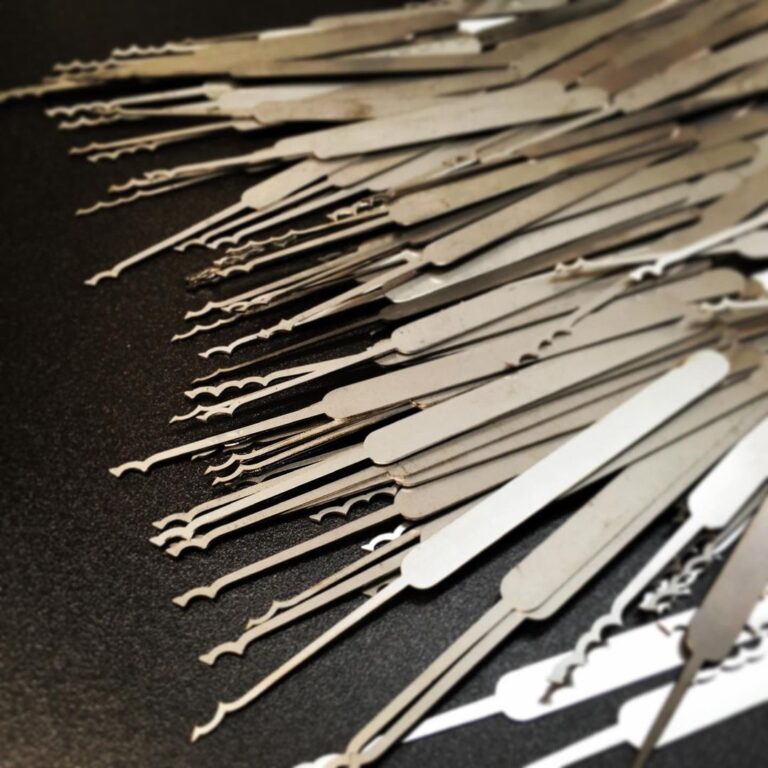Interior Design Tips to Reduce Energy Usage
Energy consumption is a major factor in the cost of your home, as is decorating it to your liking. You can actually lower your utility bills by making a few changes in your home. There are several ways to reduce energy usage and save money on your bills while decorating your home. If you want to know more about your electricity usage and how to reduce it, visit Utility Bidder.
In this article, we’ll cover five easy interior design tips for reducing energy usage and helping you lower your carbon footprint at home.
Tip #1 – Use Smart Meters
Knowing how much energy you’re using, and where, can help you cut down on your utility bills. Smart meters are a great way to understand how much energy you’re using. They can also be used to help you save money and reduce your carbon footprint.
You can even use smart meters to find out the cost of your energy usage, so you can use it more efficiently in the future. Smart meters can be used with apps on your smartphone or tablet computer as well, allowing you to control appliances from anywhere in the world!
Tip #2 – Switch to Energy Efficient Appliances
Upgrade and switch to energy-efficient appliances for your household needs. When it comes to appliances, the only way to save energy is by using appliances that are more energy efficient. This means you’ll have to pay more for them in the short term, but it will be worth it in the long run.
Now, you don’t have to run out and replace all your major household appliances. But you should look into upgrading the ones that consume the most energy. Even doing so with one appliance at a time could lower your energy usage. Newer appliances come in all sorts of designs and colours that you can incorporate into your vision for your home.
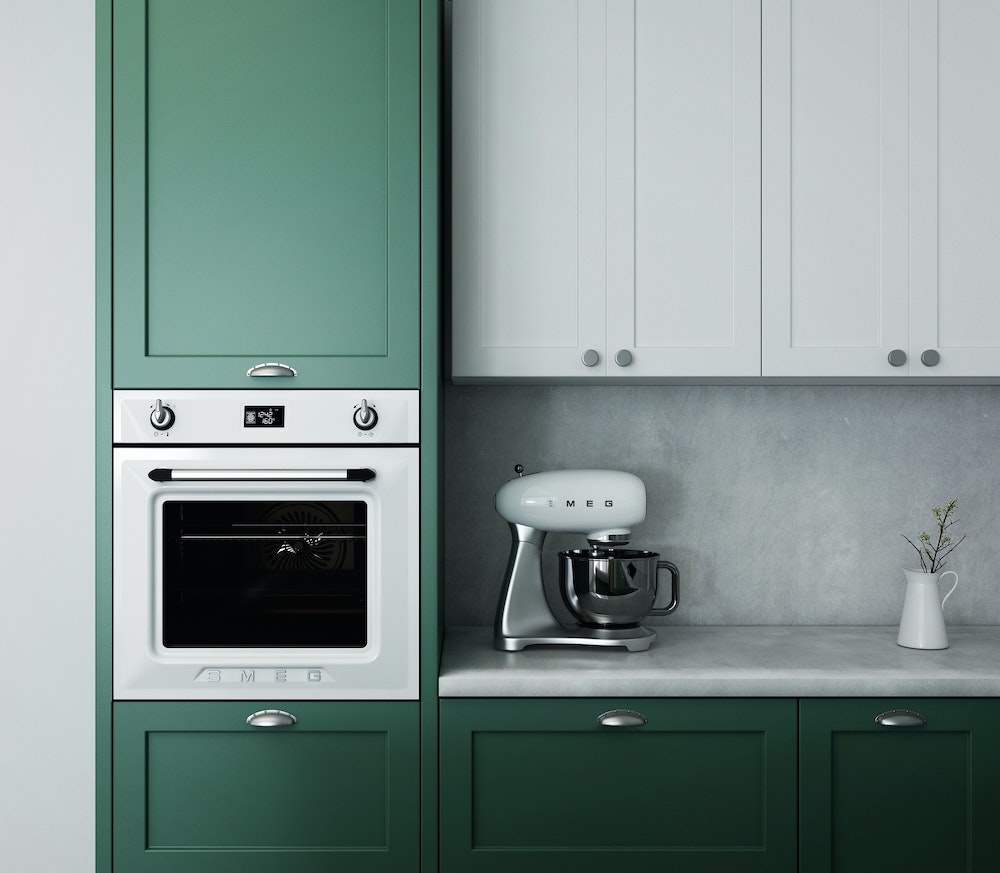
Lighting
Switching to energy-efficient bulbs can also help you set the mood in your home while helping you conserve energy. These bulbs last longer and give off less heat; so they’re using less energy and you don’t have to replace them as often.
Tip #3 – Use Natural Light
When you are designing your home, it is important to keep in mind that natural light is an abundant resource. It can be used for task lighting, mood lighting and heating/cooling. By making the most of the natural light in your home you will save money on electricity bills and help reduce carbon emissions.
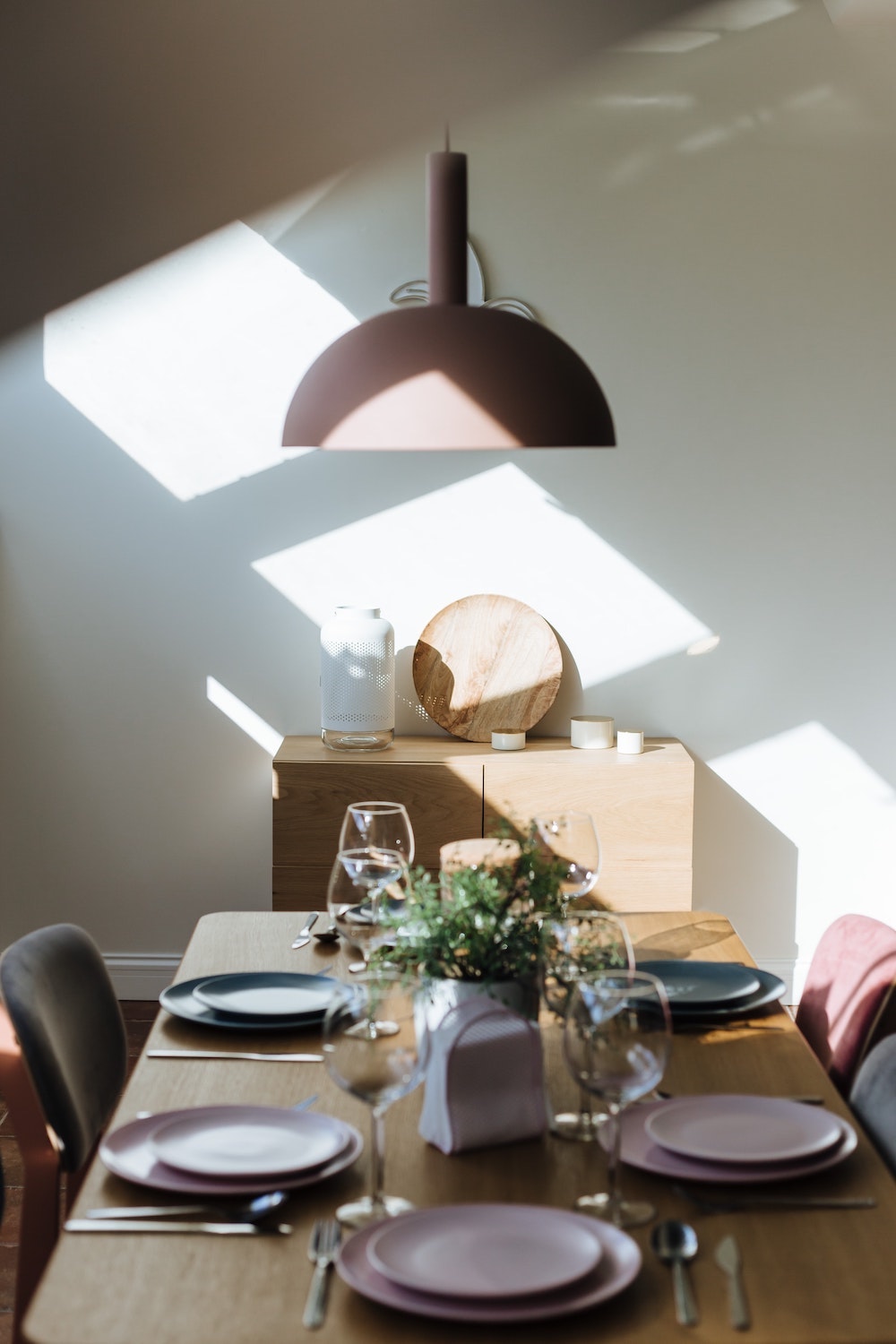
Tip #4 – Insulate Your House
You can insulate your home while you decorate, for a low cost or for a high cost. If you want to insulate your home using decor, then use curtains and blinds around windows. The type of furniture you buy can also act as insulation in your home. Denser furniture will work best for insulation. Also carefully consider the materials you buy for any curtains, throws, rugs or tapestries.
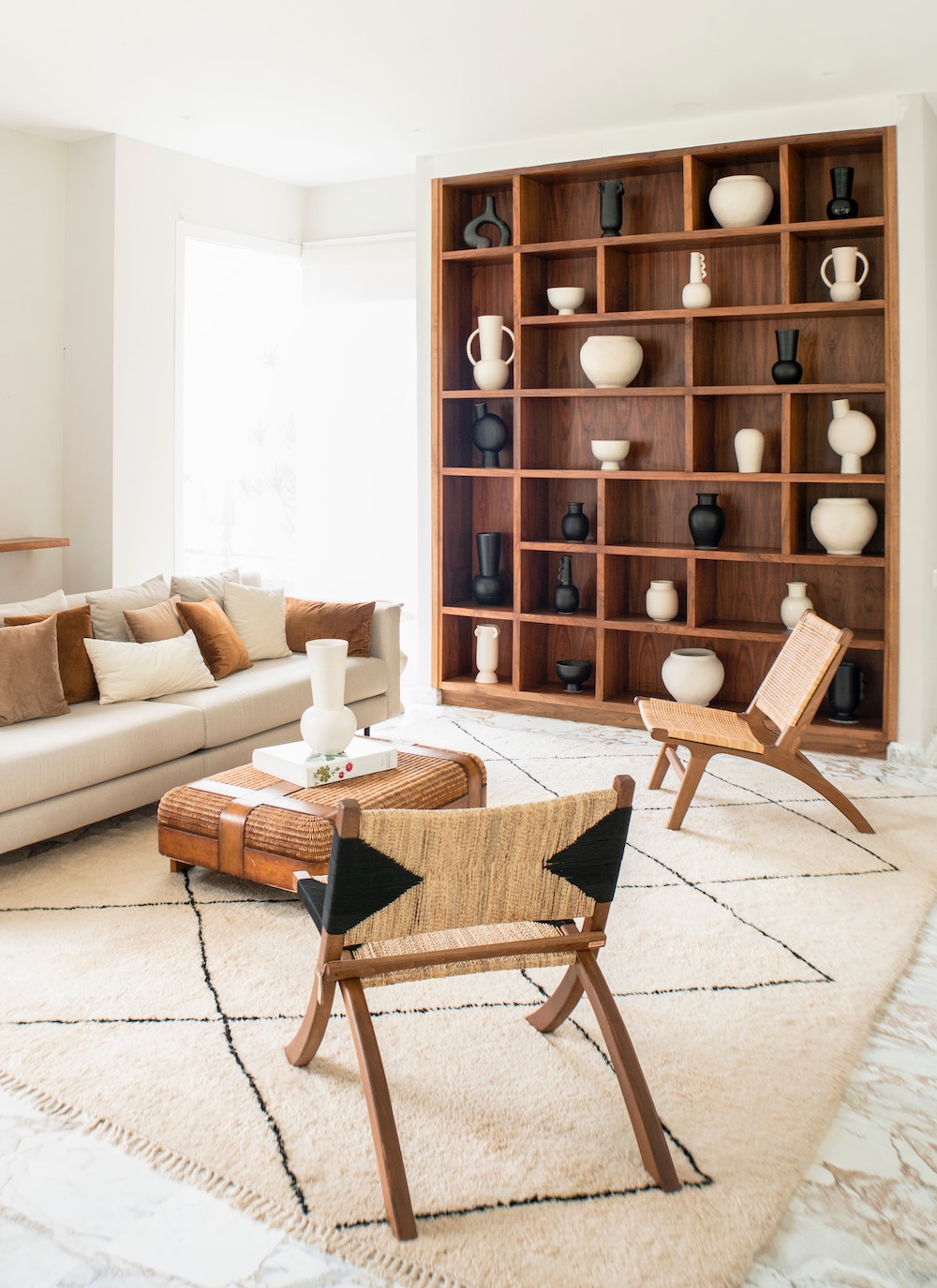
Rugs and tapestries will make the house feel warm and will also trap warmth in the room. The colours of the rugs, throws, tapestries, or curtains can also help you conserve energy. Dark colours work well to absorb heat and light. Incorporate them into your design and paint choices.
Choose materials that will insulate your house well. When picking decorative pieces, use natural materials such as wood, clay and stone to insulate your home against heat loss. Buy a beautiful blanket for your bedroom and use it on top of your bed in the winter.
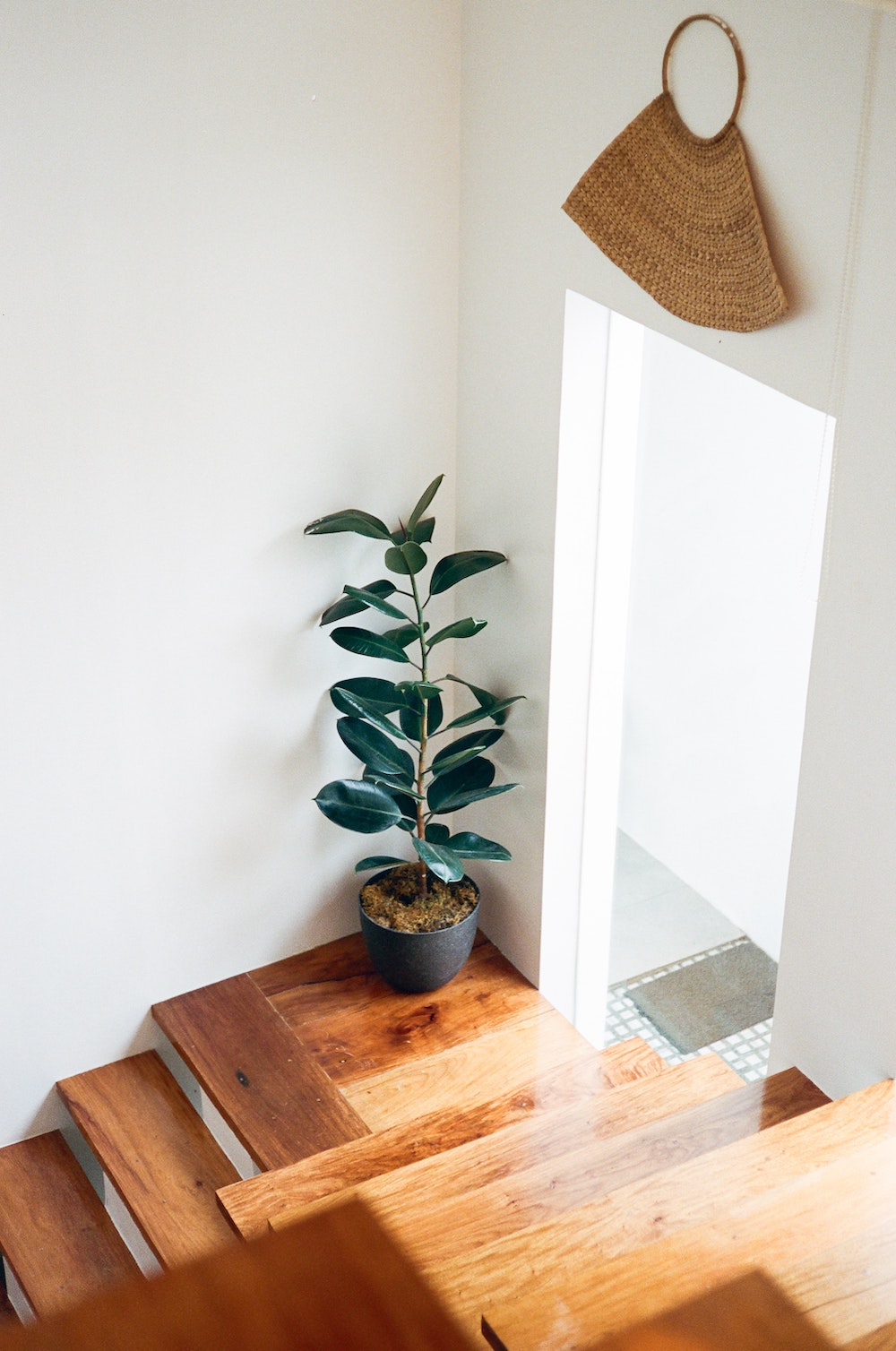
Insulating your house is also the perfect time to give it a bit of an update. You don’t have to spend a ton of money to decorate your home. Some of the best ways to freshen up your space are about making simple changes; like painting the room a new colour or adding floating shelves! There are tons of ideas for how to get your space looking and feeling new.
The other two options involve installing insulation around the walls, floors and ceilings of your property to reduce heat loss in the winter and heat gain in the summer months. This is an investment that will pay off in energy savings over time, as well as make it easier for you to control how warm or cool your house feels based on what season it is.
Tip #5 – Furniture Placement
Your furniture arrangement can affect how much energy you use to heat or cool the room. Avoid placing furniture in a way that blocks any air vents. This will block the airflow and make the circulation in the room poor. This means you’ll have to use more energy to heat or cool the room than you would with unobstructed vents.
Final Thoughts
There are many ways to incorporate green design into your home, but one of the best places to start is to be aware of your energy usage. If you know more about where you’re using the most energy, you can make changes to cut down your usage and your bills.
Remember that reducing your energy usage through interior design is also a good way to update your home. Take advantage of this and see what else you can do to create a beautiful home that costs less. For more innovative interior design tips visit https://essenziale-hd.com/

